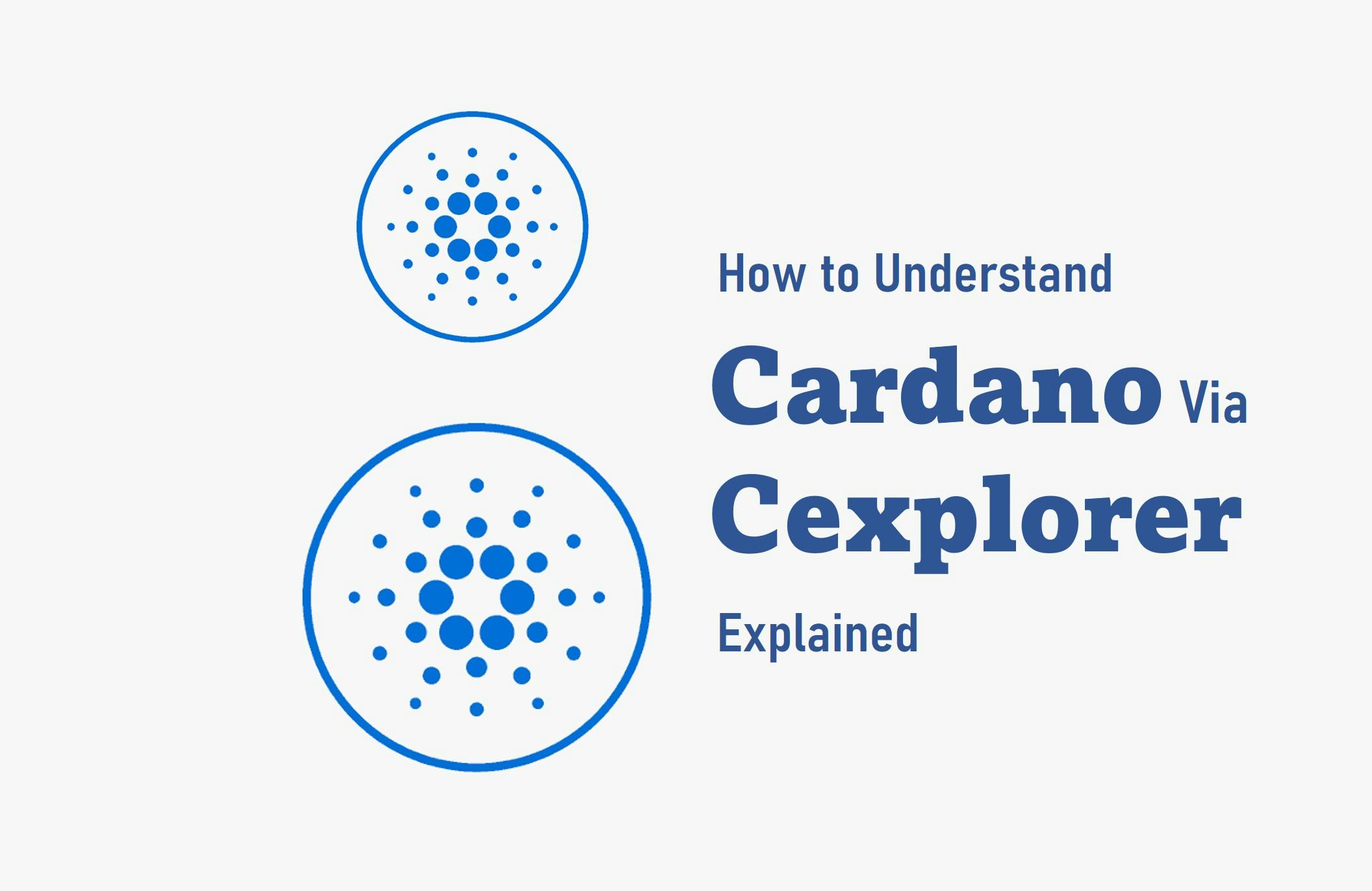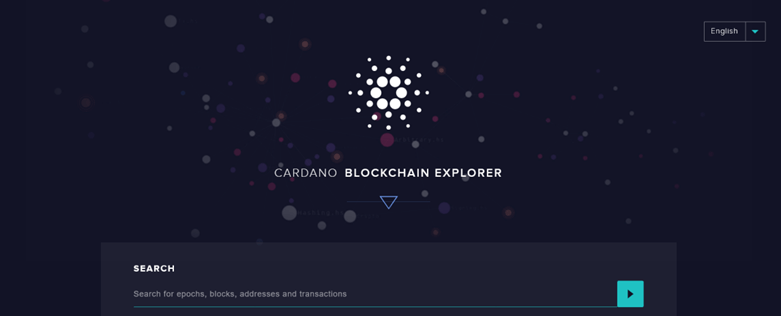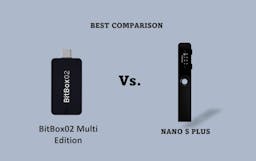
Recently, Cardano has been making massive improvements, with the latest being the Vasil hard fork, which was announced a few months ago.
This fork is of high importance to Cardano as it will enable the launch of decentralized applications and stablecoins.
Cardano has shown that it wants to become the leading blockchain network in the crypto market, which is a good sign for Cardano investors.

Key Takeaways
• On Cexplorer, users can delegate to another pool at any time during the epoch and the pools can be registered or their settings changed.
• Cexplorer can show users details of their staking rewards which Cardano pays out after ADA coins have been used in the active stake epoch.
• For every transaction done on the Cardano network, an ID is attached to it so that users can see when the transaction occurred and the blockchain processing time.
• There are two key roles in the Cardano ecosystem in terms of block production: pool operators and stakers. Pool operators operate full nodes round the clock while stakers increase the total stake of the pool through the process of delegation while ADA coins remain unlocked in their wallets.
SEE ALSO: How Many Smart Contracts Does Cardano Have?
SEE ALSO: How To Create Cardano NFTs (Step by Step Guide)
SEE ALSO: 9 Unique Features of the Verlux Cardano NFT Platform
This article will help users understand the structure of the Cardano blockchain, using cexplorer to provide all the necessary information that users would need.
Basic Overview
Cardano is a blockchain platform dedicated to processing crypto transactions using its native currency, called ADA.
Apart from just handling transactions, Cardano wants to become the king of all blockchains as it aims to create an ecosystem that allows seamless interchangeability between different blockchains.
It also combines pioneering technologies to provide unparalleled security and sustainability to decentralized applications, systems, and societies.
Cardano exists to redistribute power from unaccountable structures to the margins—to individuals—and be an enabling force for positive change and progress.
Cexplorer
Cexplorer, also known as Cardano explorer, is a user-oriented tool that fetches data from the main database and reflects it in a straightforward and convenient web interface.
Since Cardano is a public blockchain ledger, it is possible to easily track all recent transactions, block details, and epoch data using different tools, which in this case is the Cexplorer tool.
Moving on, the Cexplorer tool contains sections that are highly vital to users and stakers alike. These sections are broken down and explained in detail below.
The Dashboard
On the dashboard of Cexplorer, users are introduced to the Cardano price, epoch, live stake, and assets. These components provide different functions to the Cardano blockchain.
For one, the live stake shows the total active stake (24.67B) and the circulating supply (34.019B), while the assets depict a total market cap of ($83.282T) and leverage of 244.81k%.
All these exist to provide factual information that will prove useful to the interested user concerning the Cardano blockchain.
Pool
The Cardano stake pool list is one of the essential components of the Cardano ecosystem. This is where pool operators come in to produce blocks, transitioning into staking pool operators.
They operate full nodes 24/7 and are given assignments to produce new blocks at random intervals, and they also ensure that the frequency of block production assignments is proportional to the pool’s total stake (size).
Pools are one aspect of the Cardano ecosystem that would be of high interest to stakers. This is because a staker will only receive a reward in an epoch if the pool to which the staker has delegated ADA coins receives the reward.
Also, a pool only gets a reward if it produces at least one block in the epoch. For a pool to produce at least one block in an epoch, it must have a minimum total stake.
Blocks
Cexplorer gives users the clearance for them to explore the blocks. While on cexplorer, users can look at the order number (height) of the block, what epoch and slot it was created in, and who minted it.
Also, they can see the number of transactions and how full the block is. Users also get access to the block details, including all transactions.
Transactions
Users can get details of their transactions provided to them with the help of a transaction ID.
This transaction ID is present in every transaction, and users only need to copy the transaction ID and go to transactions on the left menu in Cexplorer.
Then they proceed to paste the transaction ID into the edit box and confirm with the ENTER button.
Once this is done, users will be able to see when the transaction occurred by the date, the blockchain time, the transaction fee, the number of confirmations, and the size of the transaction that affects the fee.
Analytics
The analytics section helps users explore the Cardano blockchain from different angles.
For instance, users can find operators who operate multiple pools. These operators control a large percentage of the total stack, i.e., all the coins that are used for stacking at any given time.
Rewards
Cexplorer can show users the details of their staking rewards. To find out about their rewards, users would have to go to the left menu and go to More/Rewards.
Copy their staking key or address from their Cardano wallet and paste it into the edit box. There they will see all the rewards of the past epochs.
Cardano pays out rewards after ADA coins have been used in the active stake epoch. Users must wait for one epoch after the end of the active stake epoch to be rewarded.
Frequently Asked Questions (FAQS)
Is Cardano proof of work?
No, Cardano is a proof-of-stake blockchain that makes use of the Ouroboros protocol. As a proof of stake blockchain, Cardano uses less energy than proof of work blockchains.
Is Cardano a blockchain or a coin?
Cardano is a proof-of-stake blockchain and not a coin. ADA, on the other hand, is Cardano’s native cryptocurrency and is the coin in this case.
Final Thoughts
Cardano is a highly efficient blockchain that has been able to process transactions at impressive speeds.
With the Cexplorer tool, users can find all the information they need about the blockchain. This way, they can better understand how the blockchain functions.
Read More




